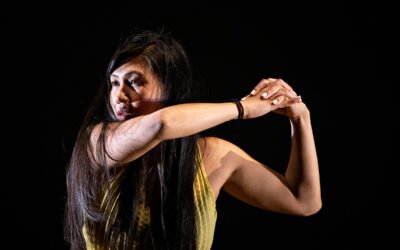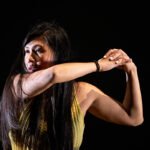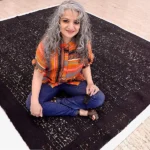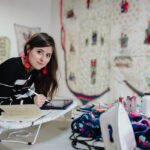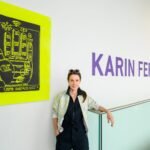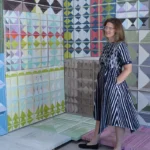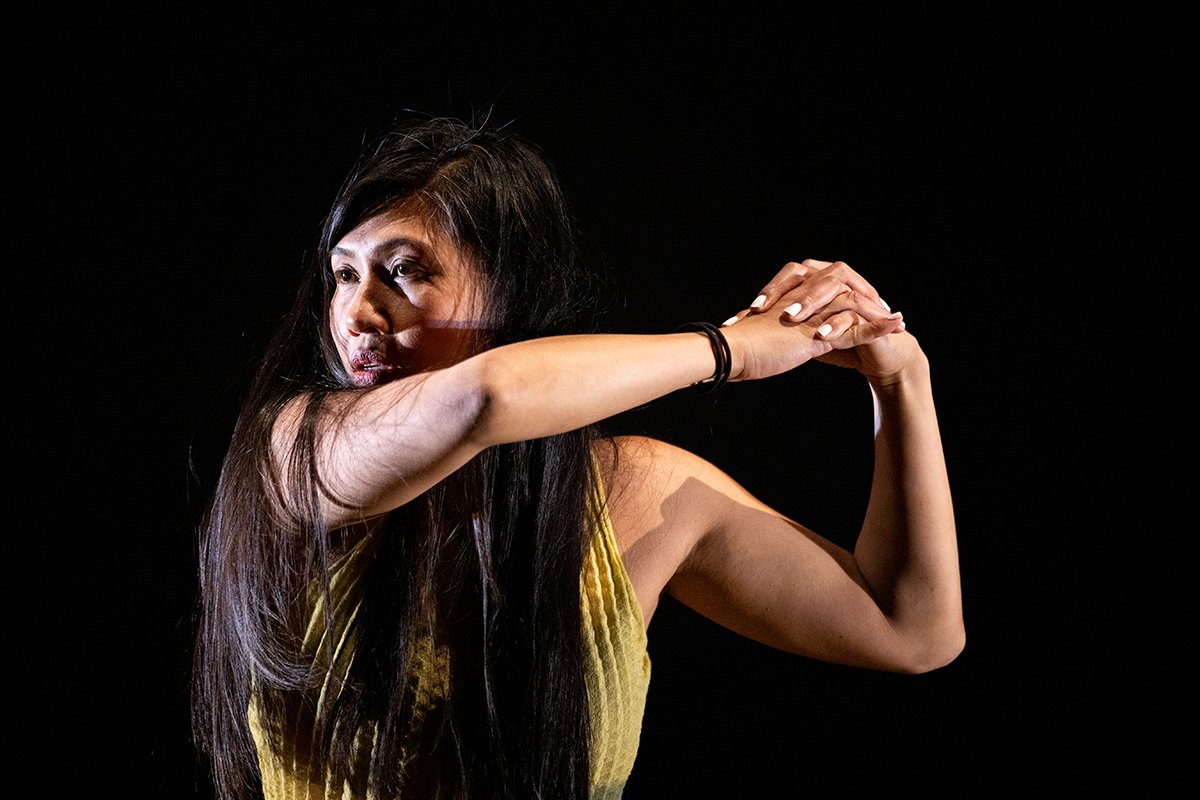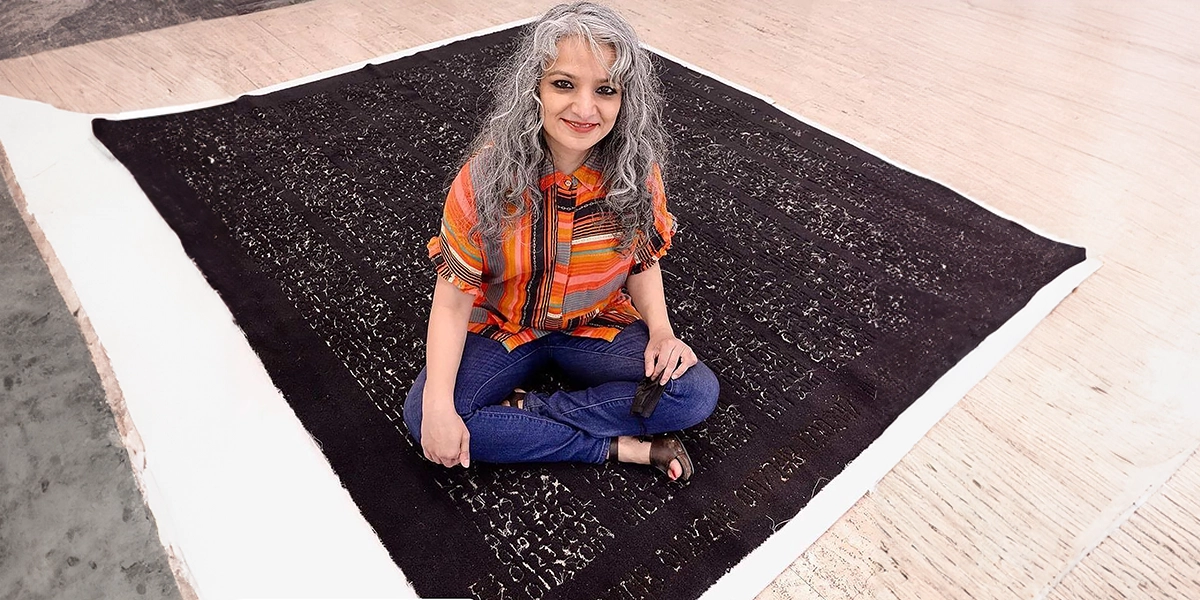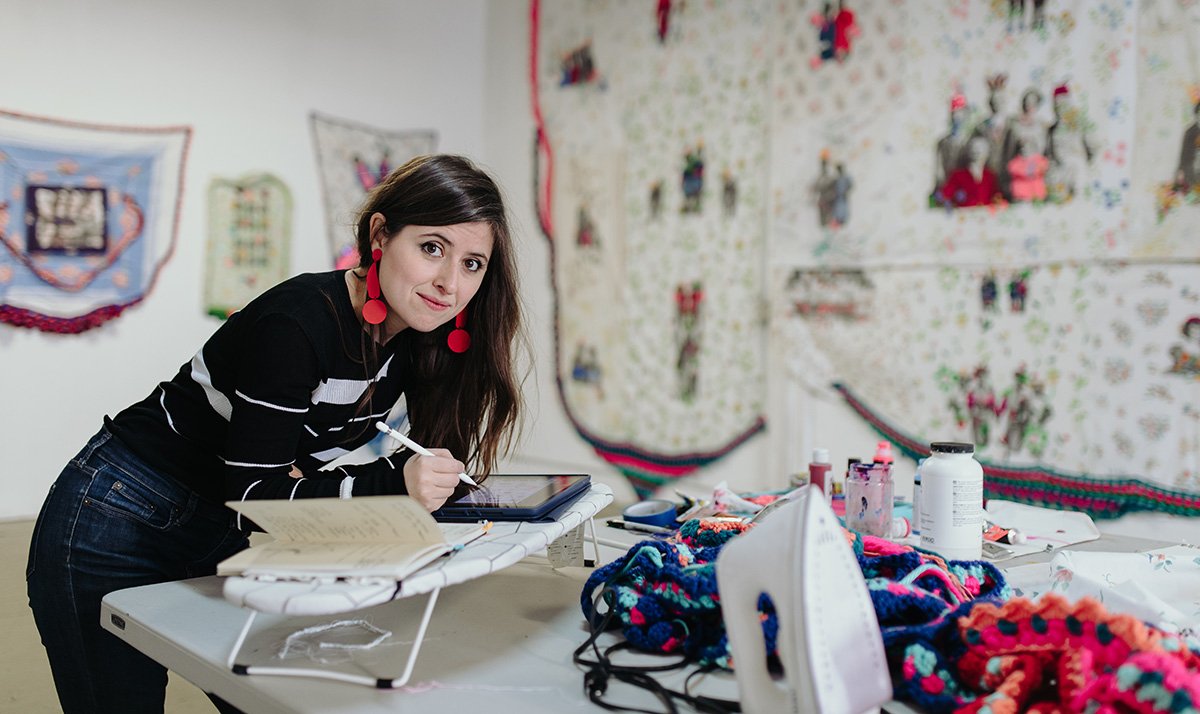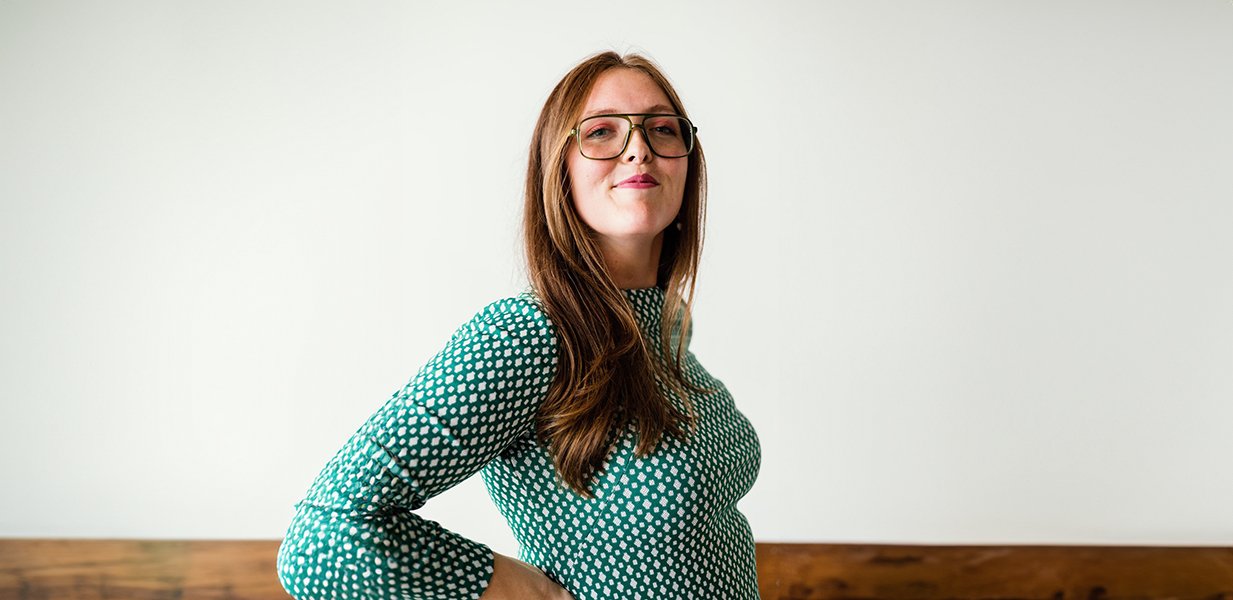Ilana Zweschi Challenges Societal Norms With Algorithmic Precision And Bold Creativity

Photo: Ilana Zweschi in her studio, surrounded by vibrant paintings crafted through algorithmic precision, redefining beauty amid chaos. Photo by Ryan Warner
Merging Art And Math To Redefine Chaos And Structure
Ilana Zweschi transforms harmful texts into captivating paintings, merging mathematics and art to challenge societal norms and inspire empowerment through beauty and algorithmic innovation.
Ilana Zweschi is redefining contemporary art, seamlessly weaving together the structured precision of mathematics and the emotive freedom of painting. As an artist whose work counters societal norms, she doesn’t just create striking visuals—she crafts a profound narrative. Represented by Foster/White Gallery and lauded by prominent institutions such as Meta, Microsoft, and the Port of Seattle, Zweschi has established herself as a pivotal figure in Seattle’s thriving art scene. With an academic foundation that combines an art degree and a mathematics minor from Skidmore College, along with an MFA in Painting from SUNY Albany, Zweschi’s practice exemplifies her dual passion for intellectual rigor and creative innovation.
Her artistic methodology is rooted in dismantling the conventional relationship between structure and chaos. Using bespoke algorithmic processes, she transforms harmful texts—including legal documents and socially charged language—into intricate, layered compositions that deconstruct the power of words while reassembling them into cohesive works of beauty. For Zweschi, this process isn’t just aesthetics; it’s activism. Her mathematical approach intertwines logic with spontaneity, forming a dynamic tension that challenges expectations. By translating societal harm into vibrant creation, she provides viewers with a space to contemplate systems of exclusion and objectification embedded in modern life.
Zweschi’s creative journey is infused with innovation. Her signature algorithms, based on “if/then” logic, result in unpredictable visual outcomes, mimicking nature’s inherent interplay of structure and disorder. Her layered and process-driven system underpins both her artistic language and her critical questioning of societal constructs. Each painting invites the observer not only to marvel at its visual complexity but to reflect on the broader cultural implications.
Ilana Zweschi pioneers a groundbreaking art form, fusing intellect and creativity to deliver visually stunning works that spark societal introspection.
Beyond her studio practice, Zweschi contributes significantly to the artistic community as an educator. As a Visiting Associate Professor at Cornish College of the Arts, she mentors budding artists, drawing inspiration from the dialogues that emerge through teaching. Her accolades, including the DASH Artist Grant and features in New American Paintings and Seattle Met, further affirm her role as a trailblazer in contemporary art.
Art Meets Algorithm
Zweschi’s artistic evolution began in graduate school, where she experimented with geometric backgrounds and figurative imagery—an early indication of her knack for structured creativity. Reflecting on that time, she explains, “I realized all I needed was one geometric shape and a few simple rules about how it overlapped or rotated, and I could produce highly complex patterns with very little effort to invent them myself.” This realization ignited her fascination with algorithmic systems, leading to the marriage of her art and mathematics background.
Her process is unique, marked by the creation of “algorithm byproducts”—secondary works that emerge alongside the primary painting. These byproducts begin life as printed versions of harmful or socially charged texts used as inputs for her algorithm. Each letter within the text corresponds to a single brushstroke in the painting. As Zweschi works, she marks off each letter with small paint dots, progressively rendering the original document illegible. This act of redaction strips the text of its harmful context and symbolic power—a radical reclamation of beauty from harm.
The Role of Harmful Texts
When asked why she chooses violent or socially divisive texts as the foundation for her work, Zweschi is clear about her intent: “I believe the power of art lies in its ability to reflect society with the goal of positive change. Laws and legal documents explicitly state society’s priorities, yet they often contain exclusionary and objectifying language. By transforming these texts into paintings, I can obscure, reorder, and highlight their content, dismantling their power and building something beautiful and empowered from their remnants.”
This intentional act of destruction and recreation invites viewers to confront the normalization of objectification within society. The resulting abstract works both disarm the source material and empower audiences to reject the status quo in their own lives—a subtle yet profound invitation to self-reflection and change.
Structured Creativity
The logic of “if/then” statements underpins all Zweschi’s artistic choices, forming the connective tissue between harmful text and her paintings. She explains, “These statements act as instructions—they create associations between the letters in the text and the shapes in my painting. All my paintings begin with an underlying figure drawing, which serves as a ‘seed image.’ The algorithm scrapes across this drawing, pulling organic shapes into the final composition. Sometimes, the rules instruct me to amplify these shapes; other times, I’m instructed to ignore them entirely and cover them with abstract patterns. This interplay between structure and intuition shapes both the visual and conceptual aspects of my work.”
In some zones of her paintings, dense activity emerges, while in others, spacious voids appear—highlighting the delicate balance between order and chaos. For Zweschi, mathematics is not a means of sterilizing creativity but a catalyst for spontaneity. “If left to my own devices, my brain would arrange things in predictable ways. It’s through the algorithm that I achieve the tension and disorder resembling nature’s beauty,” she says.
Educator and Artist
Zweschi’s time as an educator profoundly impacts her creative process. “Teaching requires me to pause my own practice in favor of discussing painting concepts with others. When I was a student, I was so enamored with the act of painting that I rarely thought deeply about why I was painting. Teaching forces me to engage intellectually with art, and through those dialogues, the conceptual aspects of my work have emerged organically.”
Final Thoughts
Ilana Zweschi’s work challenges conventions on multiple levels—fusing logic with intuition, activism with aesthetics, and destruction with creation. Her ability to deconstruct harmful texts and rebuild them into art offers viewers not only a fresh perspective on painting but also a call to interrogate societal norms. As both an artist and an educator, Zweschi reshapes how we think about the intersection of art, technology, and transformation.
A visionary in every sense of the term, she exemplifies art’s potential to push boundaries and spark change—firmly establishing her as one of contemporary art’s leading innovators.

